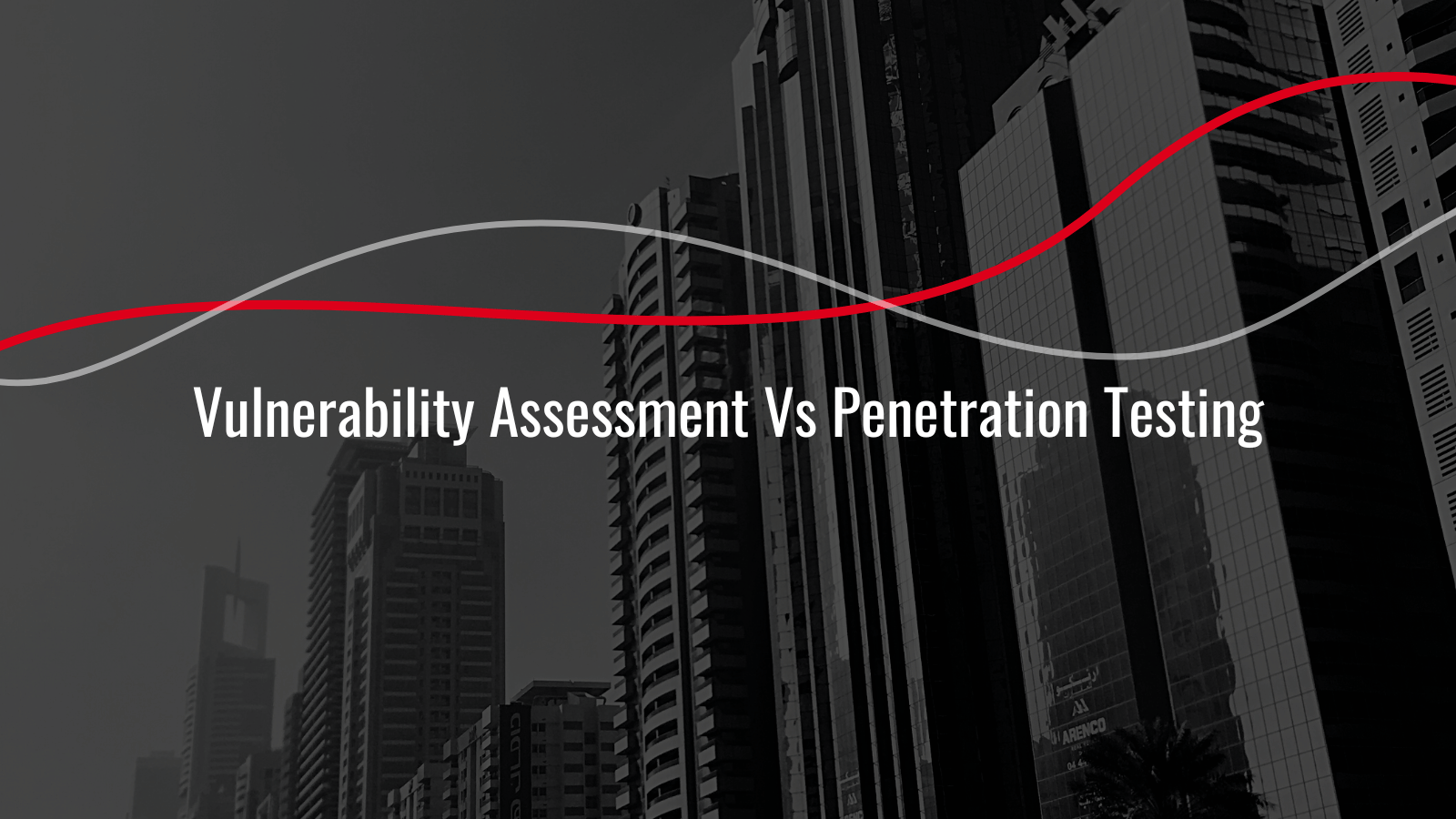Top Cybersecurity Newsletters for C-levels
Top cybersecurity newsletters for C-level executives.

Two of the most important steps for maintaining a robust cybersecurity posture are vulnerability assessment and penetration testing. Those steps are not interchangeable and sometimes are misinterpreted as being the same.
Our article outlines the distinctions between vulnerability assessment and penetration testing.
Vulnerability assessment is the process of identifying and quantifying security flaws in a company’s IT infrastructure and embracing its cybersecurity posture after analyzing the results. It involves assigning a risk level to the vulnerabilities found and putting in place the necessary countermeasures.
Procedures for conducting a vulnerability assessment consist of the following:
During the testing phase, vulnerabilities in software, servers, networks, and other endpoints are investigated by using vulnerability databases.
Following detection, an analysis is performed to determine each vulnerability’s root cause and identify the hardware or software that is at fault.
A risk assessment analyzes the likelihood, impact, and consequences of potential threats to identified vulnerabilities.
The most critical phase, remediation, is where remedial actions are made to ensure the safety of the business.
A penetration test, or "pen test," is a controlled simulated cyber-attack on the company's systems. Pen testers mimics a cyber-attack by concentrating on a specific network to find its weak points and then exploiting those spots to get access to the system, as it includes the following steps:
The pentester will acquire as much data as possible on the analyzed company, mimicking cybercriminals’ methods.
It is the process of inspecting a system, application, or network to identify security holes in publicly available services, software, and documentation.
When it comes to getting into the target, penetration testers determine which tool, be it a flawed SQL injection, malware, or something else, will be the most effective. When that happens, they’ve already compromised the system.
Testers should stay long enough after gaining access to conduct a full-scale assault and analyze the results.
The main difference between penetration testing and vulnerability assessment is how many vulnerabilities are tested. In the vulnerability assessment the quantitative characteristics is important. That is why vulnerability assessment try to find as many of the system's known flaws as possible.
On the other hand, penetration testing concentrates on finding critical vulnerabilities, as it evaluates an organization's security and finds weaknesses that could be used against it.
Vulnerability assessments and penetration tests are both crucial for a company's cyber defenses. Each of these checks is required at different intervals. Vulnerability assessments should be performed at least quarterly. In additional to regular checks, it should be also performed immediately following the addition of new hardware or any other major modifications to the network.
Due to the high costs of penetration testing, it is usually done once or twice a year. Though, a daily pen testing can be a better approach which Humanize provides. However, the pentesting isn't enough but critical processes alongside vulnerability assessment.
Vulnerability assessments typically provide a report detailing every flaw in the system. However, it may include erroneous results because automated scans are based on a predetermined template.
While a penetration test’s deliverable is a “call to action” document detailing exploited vulnerabilities, their relative severity is indicated by a score from highest to lowest in the form of how likely they are to cause harm.
Long-running processes benefit greatly from the capacity to automate tedious tasks. In contrast, vulnerability assessments are typically automated, and penetration testing is usually a hybrid of automated and manual methods that enables a more in-depth investigation of security holes.
Vulnerability assessment can be performed by in-house security personnel because it is an automated examination that does not necessitate specialized knowledge. Additionally, a dedicated software like Salienece by Humanize can be utilized to perform continuous vulnerability assessments and report back to decision makers.
Both approaches serve for different purposes; thus, selecting one will depend on the state of cybersecurity within the firm. Vulnerability assessment is favored for cybersecurity upkeep because it evaluates the system for weaknesses and offers solutions.
Pen testing is essential for determining whether cybersecurity defenses can be hacked and, if so, how much damage will result. Experts recommend these approaches regularly as part of a security management system for the most fool proof protection.
A penetrating test and a vulnerability assessment are diverse processes that should be carried out together to fortify networks and computer systems and render them invincible.